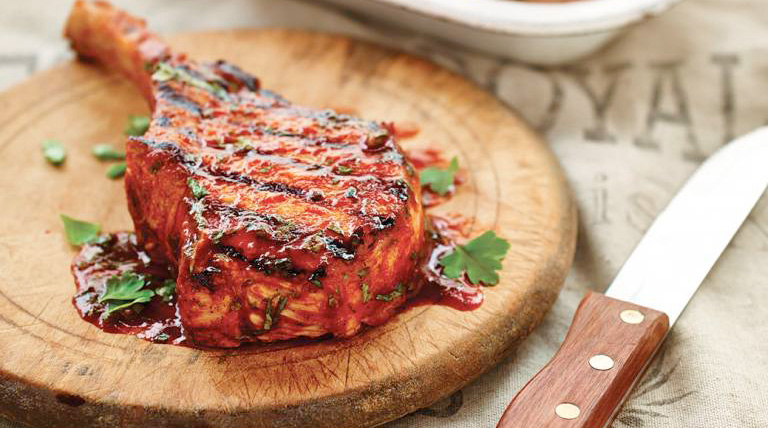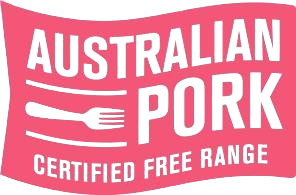One of the most widely consumed meats across the globe, pork is a versatile, flavourful and affordable protein option. From the traditional family roast to stir fried, grilled, pan fried or slow cooked cuts, you’ll find pork used across a wide range of cultures, traditions and cuisines in homes across Australia.
Why pick up pork next time you’re at the supermarket?
The adaptability of pork allows it to be prepared in a multitude of ways—grilled, roasted, braised, fried, and cured—each method unlocking different textures and flavours. Cuts like tenderloin, chops, ribs, and pork belly offer a range of culinary possibilities, from everyday meals to gourmet dishes.
Whether featured in the smoky, savoury barbecues of the American South, the rich and aromatic dishes of Chinese cuisine, or the hearty, comforting stews of European kitchens, pork remains a culinary cornerstone celebrated for its flavour and adaptability.
Pork is a significant source of high-quality protein, making it an important part of a balanced diet.
Protein is essential for numerous bodily functions, including muscle repair and growth, enzyme and hormone production, and the maintenance of healthy skin and hair. The protein content in pork varies depending on the cut, but overall, pork provides a substantial amount of this vital nutrient.
How do the different pork cuts stack up in terms of protein content?
Different cuts of pork contain varying amounts of protein. For example, a 100-gram serving of lean pork tenderloin typically contains about 22-24 grams of protein. Pork chops, another popular cut, offer approximately 26 grams of protein per 100 grams. Even fattier cuts like pork belly, while higher in fat, still contribute a significant amount of protein, with around 15-17 grams per 100 grams.
Quality of Protein in Pork
The protein found in pork is considered high-quality and a complete protein because it contains all nine essential amino acids that the human body cannot produce on its own. These amino acids are crucial for the body’s ability to build and repair tissues. Pork, being a complete protein, is particularly beneficial for maintaining muscle mass, especially in athletes, bodybuilders, and individuals recovering from surgery or illness.
Integrating Pork into a Balanced Diet
Incorporating pork into a balanced diet is straightforward due to its versatility. It can be part of various dishes, from simple grilled pork chops to complex stews and roasts. When choosing pork, opt for lean cuts if you’re looking to maximise protein intake while minimising fat consumption, or if flavour is what you’re after, pork belly is where it’s at! Pairing pork with vegetables, whole grains, and other nutrient-dense foods can create balanced, protein-rich meals that support overall health.
Is Pork Meat Healthy?
In addition to its fantastic protein content, pork also has a fantastic nutrition profile full of the essential vitamins and minerals needed for optimal health. It is a rich source of high-quality protein, essential vitamins such as B6 and B12, and minerals like iron and zinc. This, combined with its affordability and widespread availability, makes pork a staple in diets around the world.
Consuming protein-rich foods like pork has numerous health benefits. Protein helps in muscle development and recovery, making pork an excellent choice for those looking to build or maintain muscle mass. Additionally, protein can aid in weight management by promoting satiety, which helps reduce overall calorie intake.
Protein also plays a vital role in metabolic processes. Enzymes and hormones, which are composed of proteins, regulate a wide range of bodily functions, including metabolism, immune response, and cell signalling. The amino acids derived from dietary proteins are necessary for the production of these vital molecules.









